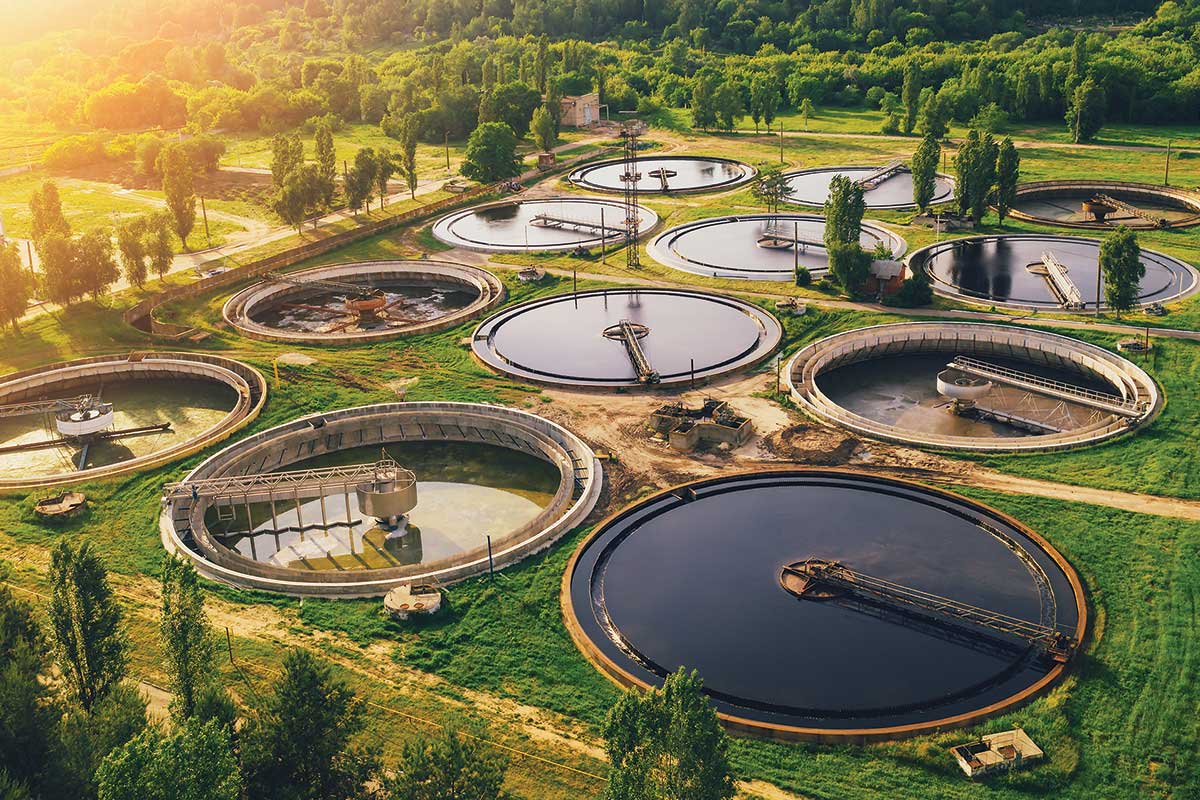 Wastewaters have distinct qualities, enabling resistance genes to begin their journey from safe germs to those that trigger illness.
Wastewaters have distinct qualities, enabling resistance genes to begin their journey from safe germs to those that trigger illness.
Bacteria started producing antibiotic particles long prior to we began to utilize them as medications. Appropriately, the capability of lots of ecological germs to safeguard themselves versus prescription antibiotics is ancient.
Because the intro of prescription antibiotics in medical practice, disease-causing germs have actually been collecting increasingly more resistance genes in their DNA. This still continuous procedure needs that genes, that were formerly well anchored in the chromosome of particular bacterial types, initially get the capability to move and ultimately dive in between types.
In a research study released in the journal Communications Biology, scientists at the Centre for Prescription Antibiotic Resistance Research Study (CARe) in Gothenburg, Sweden present proof for where the genes might get their capability to move.
It is understood that wastewaters include residues of prescription antibiotics that might favour the advancement of antibiotic-resistant germs. New proof reveals that wastewaters likewise have qualities enabling the resistance genes to begin their journey from safe germs to disease-causing germs.
The scientists acknowledged that it is not enough with prescription antibiotics to drive the procedure. The types bring the resistance genes in their chromosome likewise requires to be present, along with particular series of DNA that might supply the capability to move the resistance genes.
By studying DNA from thousand’s of samples from various environments, the scientists might determine where all the crucial elements came together. To the authors surprise, it was not in the gut of human beings or animals, it remained in wastewaters tested throughout the world.
” In order to battle antibiotic resistance we can not focus just on avoiding the spread of those kinds of resistant germs that are currently in flow, we likewise require to avoid or postpone the development of brand-new ones”, stated Fanny Berglund, scientist at the Sahlgrenska academy at University of Gotheburg, and the lead author of the research study.
More concentrate on wastewaters
The very same research study group has actually released numerous other research studies revealing that the environment harbours a big range of various resistance genes, much more than the resistance genes that we see today in germs triggering illness.
This makes the environment a large source for brand-new resistance genes that a person after the other acquire the capability to leap in between types, to ultimately wind up in pathogens. The authors conclude that favouring this advancement by contaminating the environment with prescription antibiotics is not a great concept.
” There is a great deal of concentrate on lowering antibiotic usage in human beings and animals. This is naturally essential, however our research study reveal that we likewise require to take note of our waste streams, as this appears to be a location where brand-new versions of antibiotic resistance might emerge”, concludes Fanny Berglund.
